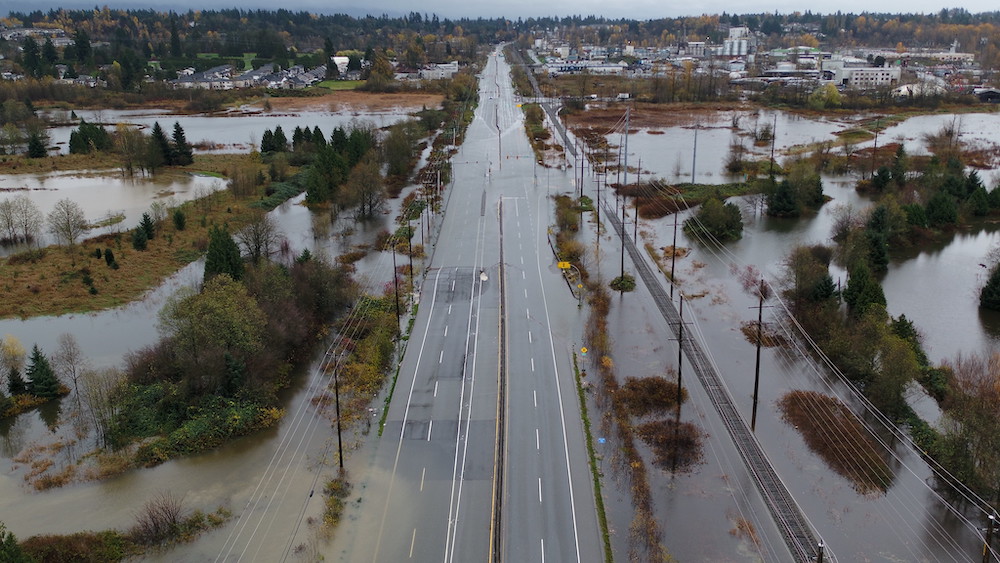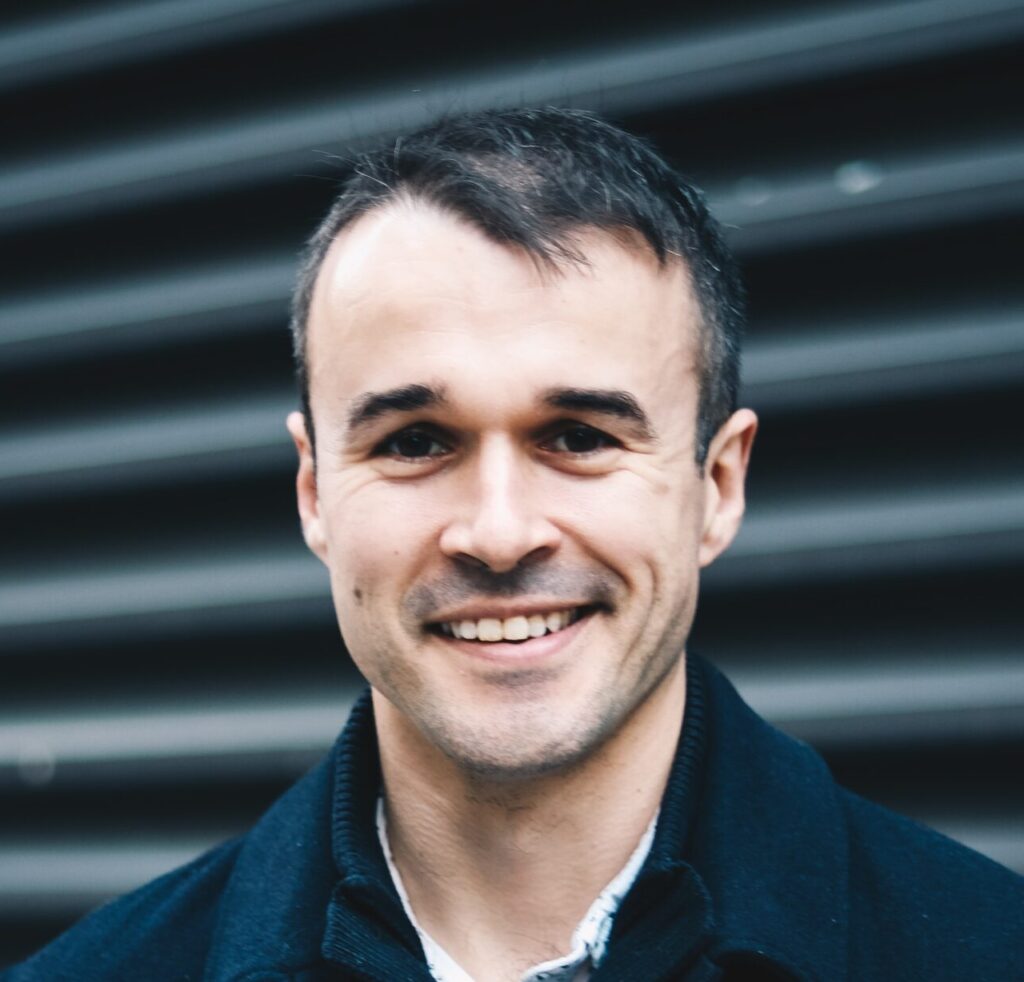
Bridging the Gap: Policy makers, practitioners, and scholars in emergency management
December 15, 2022
By Simon Wells
What is emergency management? Depending on who you ask in Canada, you could get very different answers.
 Flooding on B.C. Highway 11 in November 2021. Photo: BC Ministry of Transportation and Infrastructure/Flickr.
Flooding on B.C. Highway 11 in November 2021. Photo: BC Ministry of Transportation and Infrastructure/Flickr. Editor’s note: This is the first in the “Bridging the Gap” column series from Simon Wells, principal of the Canadian Journal of Emergency Management. The series will look to expose and break down silos among policy makers, practitioners, and scholars in the emergency management field.
What is emergency management?
Depending on who you ask in Canada, you could get very different answers. Some will tell you it’s a field, while others will tell you it’s a profession. Some will say it happens in an emergency operations centre, and others will say it’s really done through policy design and funding. You might be told that emergency management is government business, or you might be told that the whole-of-society should be involved, or that it is community-driven, or that the private sector does it best. And depending on what that person’s perspective is, they might be right in their world.
One of the key challenges the field of emergency management faces in Canada is that there’s no clear lines of communication among all of the professionals who work in it. We can break it down into three, simple, large groups: policy makers, practitioners, and scholars. Unfortunately, those groups often don’t talk to each other. And when they do, they’re usually not speaking the same work language.
For example: the Sendai Framework has extremely valuable and laudable policy goals in it, and most people in emergency management recognize its value. But what does the document mean for the emergency manager of a college campus? After action reports (AAR) are another example of the disconnect between communities of practice. AARs are critical to improving emergency preparedness and response, but how often do they include policy recommendations, or research notes for scholars to investigate? (I’m pretty confident the answer is almost never.)
The challenge of working in a field as broad as emergency management is that it touches everybody’s work and lives. That means we need to be able to communicate with other professionals who do related but different work. We need policy makers to write policy that makes sense to practitioners. We need scholars to write impact-oriented reports on their research. And we need practitioners to escalate their issues and their successes so that those at more strategic levels know where to focus.
When I founded the Canadian Journal of Emergency Management in May 2020 with my co-founder, Dr. Justin Veuthey, we set out to “bridge the gap” between policy makers, practitioners, and scholars using a peer-review process to validate new research and new insights from practitioners. But we weren’t the first in the knowledge mobilization game and we won’t be the last: HazNet magazine started down this route ahead of us, and now Avert and True North Resilience are adding more voices to important conversations. The Emergency Preparedness in Canada (EPIC) podcast shares important insights and discussions in another medium. All of these resources have distinct approaches to the same key problem: we aren’t all speaking the same work language. In fact, as a bilingual country, we have to do a lot of work to make sure we’re hearing voices that speak different official languages too.
There shouldn’t be questions and confusion about what we do in our field. It’s on us to understand where we fit in to the ecosystem of emergency management professionals in Canada and communicate our thoughts, observations, successes, and challenges. We need to hear more from the private sector, Québec and the three territories, and Indigenous scholars and practitioners. We need to listen to the tried and tested, “grey haired” emergency manager who’s been responding to disasters since some of us were crawling, and the young policy whiz who understands digital transformation and how technology is going to both help and hinder disaster response in the future.
With so many options to share our perspectives, it falls to us to put them out there. Canadian emergency managers need to read and write, download and listen, or whatever else they need to do to get the best and most up-to-date knowledge on how to do their important jobs. Practitioners have an important place in these conversations: featuring in CJEM, Avert, EPIC, or other places.
We know the coming decades will be the most disruptive and unpredictable we’ve ever seen. Let’s share the “ground truth”, write policy that has teeth, and discuss research that asks us, “So what?” Canadian emergency managers can be prepared, and we can be our best, if we work and think together.
 Simon Wells is the principal of the Canadian Journal of Emergency Management. He has emergency management operations and program experience at multiple levels of government and holds multiple certifications and degrees. Simon lives in Scarborough, Ont.
Simon Wells is the principal of the Canadian Journal of Emergency Management. He has emergency management operations and program experience at multiple levels of government and holds multiple certifications and degrees. Simon lives in Scarborough, Ont.
Print this page